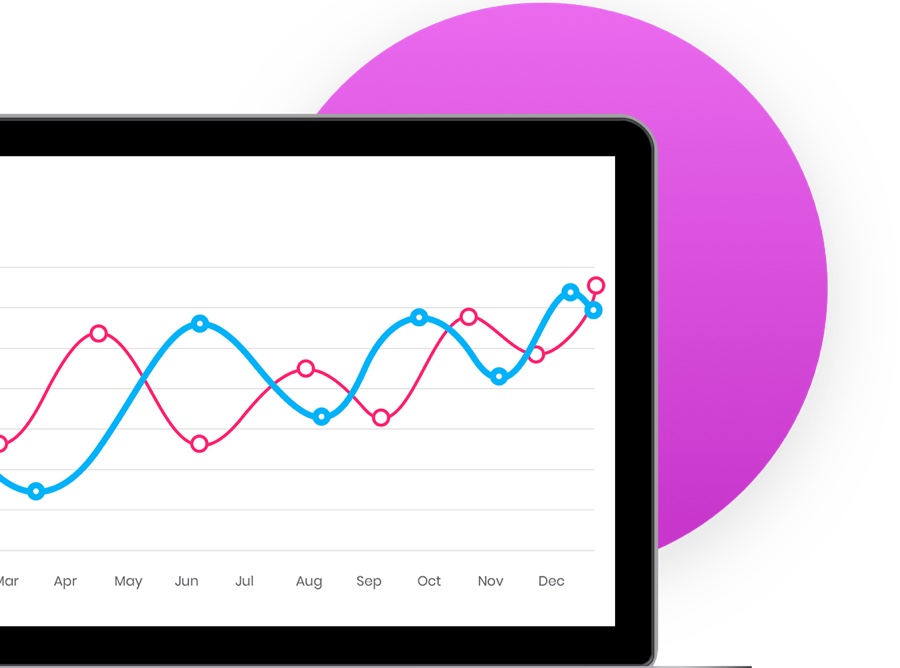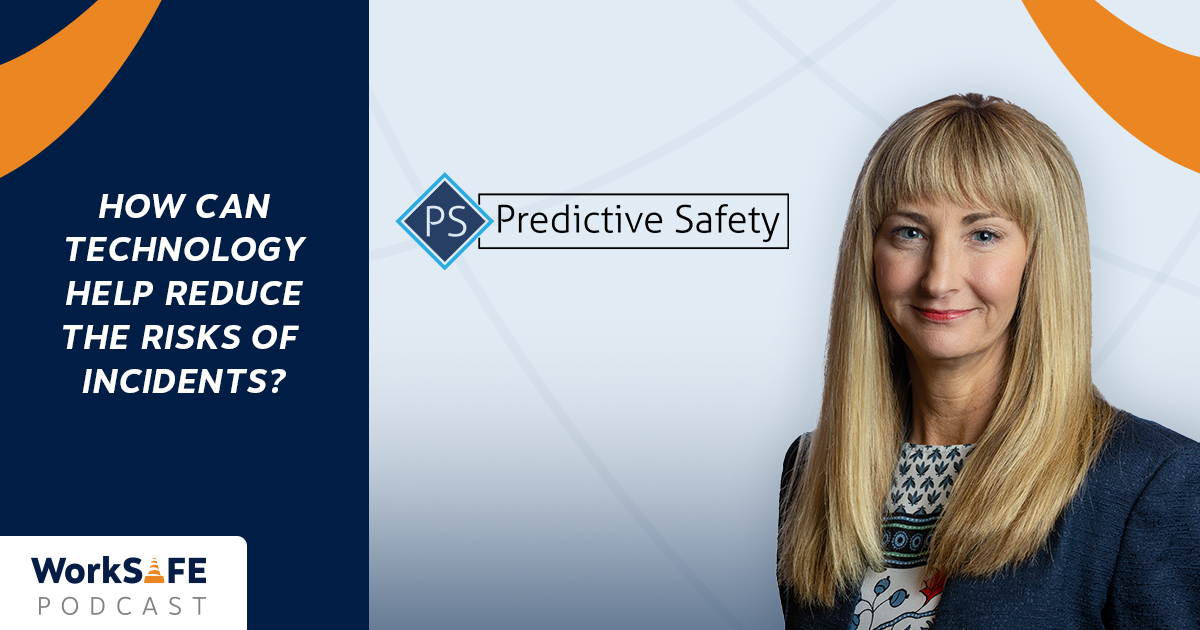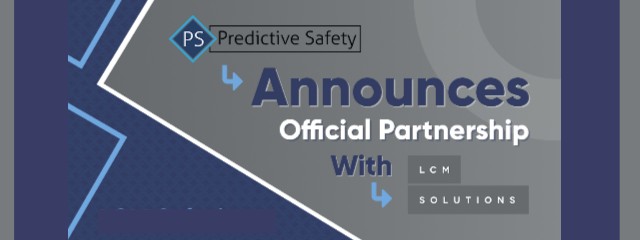THE CORE CONCEPT OF PREDICTIVE SAFETY
Good sense dictates that we should learn lessons from our mistakes so we avoid making them a second time. But must we always make the mistake before the lesson can be learned? Take the curious child who touches the hot stove after having been warned. Some of us may have even been that child once upon a time, unwilling to trust Mom’s warning at face value. We had to see for ourselves.
Yet, this skepticism is not limited to children. While dining in a restaurant, many of us can’t help but lightly tap the rim of our plate to test if it is indeed as hot as the server says it is—albeit having learned not to disobey the warning until the server walked away. And, inevitably, we learn the hard way that the server’s advice was sound. So what good was the server’s advice? Should the server have taken the time to let us know, or just let us burn ourselves?
Granted, these are low stakes; the minor burn that results, if any, will heal soon and be a temporary annoyance at worst. But in high-hazard industries, the stakes are often much higher, where life and limb may be at risk. And as such, avoiding or mitigating those risks is an integral part of safety training, and its importance is understood.
“Although studying trailing indicators is appropriate and necessary, focusing on them alone is not a proactive approach to preventing workplace accidents.”
However, the content and method of most organizations’ safety programs tend to focus on trailing (or lagging) indicators, like broad statistical data, routine inspections, and mere regulatory compliance. Although studying trailing indicators is appropriate and necessary, focusing on them alone is not a proactive approach to preventing workplace accidents because it tends to be merely reactive, so the kinds of at-risk behaviors and unsafe conditions that lead to accidents are often discovered only after an accident has already occurred. In other words, the lesson about not touching the hot stove is learned only after someone has been burned.
Instead, placing focus on leading indicators and not just trailing ones can allow an organizational safety program to better prevent workplace accidents. The work of Indiana University’s Earl Blair and his colleague Barry Spurlock establishes that a workplace safety program that is focused on excellence will measure and manage both leading and trailing indicators. Ironically, much of the data that Predictive Safety uses as leading indicators are already collected by employers for reasons that are often unrelated to workplace safety, such as employee demographics, vehicle and vehicular travel data like location, speed, and mechanical diagnostics, production and maintenance records, and so on. Data like this can be analyzed as leading indicators for identifying predictive trends, thereby diminishing the incidence of situations that could lead to accidents.
Start Reducing Your Risk Today
Request a no-obligation demo and a member of our team of impairment-risk mitigation experts will walk you through this revolutionary technology so you can combat the high cost of impairment and fatigue at your company.
Fill out the form below, and we’ll follow up to:
- Ask a few additional questions about your situation
- Understand your scope and timeline
- Determine if there’s a good fit
- Schedule your demo so we can provide a competitive quote
"*" indicates required fields











